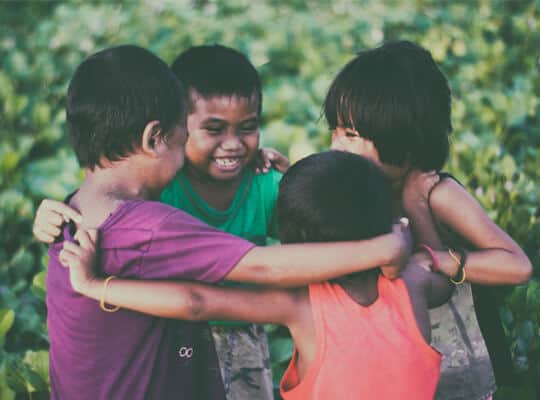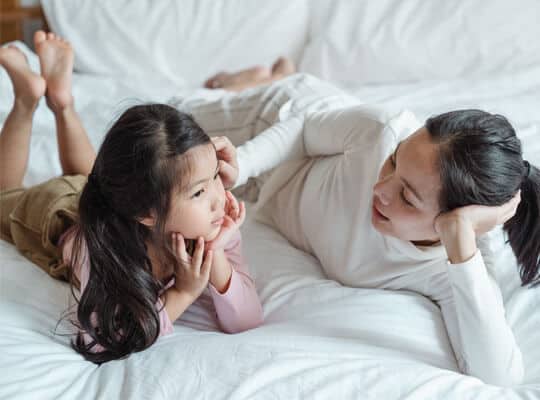The Importance of Social Environment in Children Under 5 Years of Age
Table of Contents
The importance of social environment in children under 5 years of age
The social environment in childhood is a strong predictor of long-term mental health. In adulthood, having experienced a positive, nurturing relationship with an adult carer during childhood predicts good mental health and better adjustment to stress. It’s not just about the individual; it’s about how the whole family unit functions.
The social environment is a key factor in brain development. The way we interact with others and the experiences we have as children shape how our brains work.
For example, if you don’t have a lot of friends when you’re younger, it can be harder to make new ones later on in life. This happens because your brain learned how to trust people at an early age and has trouble changing those patterns. If someone doesn’t trust others easily, they may avoid meeting new people or even feeling comfortable around them.
The same goes for learning language: If someone doesn’t hear much language from their parents as babies (or from other caregivers), then it could be harder for them later on when they start school or go out into the world without their family members nearby who can help them learn words for things like food items or animals – which would otherwise come naturally if exposed early enough!
Social environment is very important to a child under 5 years of age.
Social environment is very important to a child under 5 years of age. Social environment includes other children, adults and pets. It also includes people who are not the parents or caregivers of the child.Because children under 5 years of age are still very much developing, their social environment can have a great impact on their development. The more positive and nurturing the environment, the better for child development.A child who is exposed to a nurturing environment will learn how to interact with other people and develop social skills. Children who are not exposed to this type of environment or have negative experiences may have problems developing these skills. This can lead to emotional and behavioral issues later in life.
A good social environment will help the development of a young child’s brain.
The social environment is important for developing a young child’s brain. Children need to interact with other people and respond to them, as well as play with other children.
This helps them to develop social skills, as well as problem-solving and language learning. Other things that can help to promote healthy brain development in children include:
-Reading to your child. This is a great way for you and your child to bond, as well as providing them with an opportunity to learn new words and concepts.
-Playing with your child. This can help to promote their brain development in many ways, including by increasing their social skills and encouraging them to learn how to communicate effectively.

A positive, nurturing relationship with a carer helps develop a young child’s sense of trust and security.
A positive, nurturing relationship with a carer helps develop a young child’s sense of trust and security. This in turn supports their brain development.
A young baby’s brain is still developing so they need to feel safe and secure in order to learn how to cope with new challenges. If they don’t feel safe, then they may become anxious or frightened which can affect their ability to learn well at school later on (1).
– A positive, nurturing relationship with a carer can help develop a child’s self-esteem and feelings of worth. This can make them feel more confident and secure when they go to school.

Research shows that an experience-rich environment helps with early language development.
Language development is a key aspect of brain development. Research shows that an experience-rich environment helps with early language development, even more so than genetics.
The example below shows how a rich environment can affect early language skills:
- A study of over 1,000 children found that those who had more toys and books at home were able to say their first words earlier than those who didn’t have as many toys at home.
- Another study looked at how having siblings affected how quickly children learned new words, and found that having older siblings helped them learn new words faster than having younger ones did–but only if there was enough interaction between the pairs!
An optimal social environment for an infant includes responsive adults and other children with whom he can play, cuddle and communicate.
An optimal social environment for an infant includes responsive adults and other children with whom he can play, cuddle and communicate.
- She/he needs to interact with others.
- She/he needs to be able to communicate with others.
- She/he needs to be able to play with others (and not just be observed playing).
- She/he also needs some space where he can explore independently of his caregiver’s direct supervision or interference (but not so much that he feels unsafe).
Children need interaction with other people
Children need interaction with other people, as they learn through social interactions. They can’t learn to play alone or communicate effectively without the help of others. Kids are also less likely to trust strangers if they haven’t had positive experiences with them before. This is especially true for children under 5 years old, who haven’t developed a sense of self-reliance yet and rely heavily on their families for comfort and security.
The social environment is very important to a child under 5 years of age. We know that a good social environment helps the development of a young child’s brain and language skills. The more experience-rich an infant’s environment is, the better he or she will be able to communicate with others later on in life.

For More Information
Please do not hesitate to contact us for more information on the subject.



